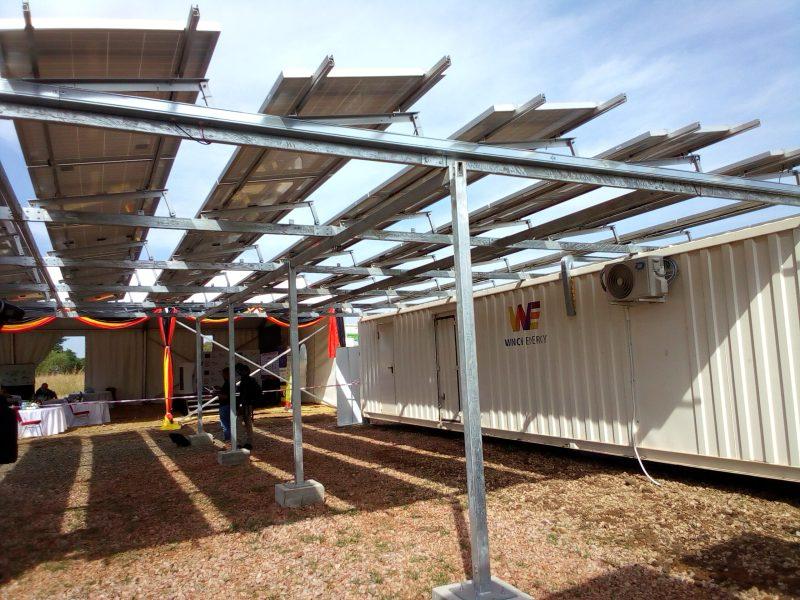Global investment in the energy transition rose by 20 per cent between 2022 and 2024, reaching approximately Shs 8,676,000 billion (USD 2.4 trillion), according to a major new analysis released today by the International Renewable Energy Agency (IRENA) and the Climate Policy Initiative (CPI). Of this amount, about Shs 2,912,000 billion (USD 807 billion) was directed specifically toward renewable-energy technologies.
The report, titled “Global Landscape of Energy Transition Finance 2025,” shows that 96 per cent of all renewable-energy investments were channelled into the power sector.
Solar photovoltaic (PV) technology recorded a historic leap, attracting Shs 1,998,000 billion (USD 554 billion) in 2024 alone a 49 per cent increase from the previous year.
Despite this growth, the study reveals a decline in investment in manufacturing facilities for solar, wind, battery and hydrogen technologies, which fell by 21 per cent to Shs 368,000 billion (USD 102 billion).
The report notes that although renewable-energy investment continued to rise, annual growth slowed sharply to 7.3 per cent in 2024, down from 32 per cent in 2023.
This deceleration, the authors warn, leaves the world off track to meet the investment trajectory required to achieve the UAE Consensus on Renewable Energy.
It further highlights that global spending on renewable power, grid expansion and battery storage overtook fossil-fuel energy investment in 2024.
Battery-factory investment nearly doubled, reaching Shs 267,000 billion (USD 74 billion) as demand for energy-storage solutions in power systems and electric vehicles continued to surge.
A major point of concern raised in the report is the concentration of investment flows. IRENA Director-General Francesco La Camera stressed that approximately 90 per cent of global clean-energy investment remains concentrated in advanced economies and China, leaving emerging and developing countries significantly underfunded.
“Funding for renewables is soaring but remains highly concentrated in the most advanced economies. As countries gather at COP30 to advance the ‘Baku to Belém Roadmap to 1.3 trillion’, scaling finance for emerging and developing countries is essential to make the transition truly inclusive and global,” La Camera said.
La Camera emphasised that meeting global climate and energy-transition goals will require Shs 104,900,000 billion (USD 30 trillion) in cumulative investment over the next five years.
These funds must support renewable-energy deployment, grid modernisation, system flexibility, energy-efficiency improvements and conservation measures.
He underscored the importance of smarter deployment of public funds to unlock much larger volumes of private capital, together with stronger multilateral cooperation and expanded climate-finance mechanisms.
For countries such as Uganda, the findings highlight both opportunities and persistent financing gaps. While global investment in renewable-energy deployment continues to grow, investment in clean-technology manufacturing is contracting.
At the same time, the dominance of advanced economies in attracting clean-energy finance underscores the need for emerging markets to mobilise innovative financing instruments, strengthen policy certainty and deepen partnerships that can unlock international capital.
China continues to play a transformative role, having accounted for roughly 80 per cent of global investment in manufacturing facilities for solar, wind, battery and hydrogen technologies between 2018 and 2024.
The report’s findings provide a data-driven foundation for global negotiations and national energy-transition strategies ahead of COP30. They also reiterate the urgency of accelerating investment flows to keep the Paris Agreement goals within reach.


